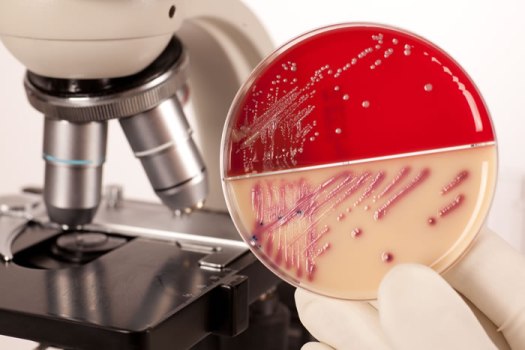I am sure all hospital CEOs and financial staff have fended off many hospital employees that are pushing about creating better hospital acquired infection prevention measures. Having worked in the health industry I hear many peers who say the bean counters say there is not enough money for rehabbing rooms, training, and better cleaning programs. Many people wishing to implement these protocols wish environmental services staff should be certified and better trained, new cleaning methods such as UV lights to combat pathogens need to be purchased, and rooms should be redesigned to install better surfaces and ventilation. Where is the money?!
The obvious answer, what you spend now will come back to tenfold in the future.
As someone who contracted a chronic HAI due to no fault of my own, and gets plenty angry at times when I hear the money handlers say we cannot afford to enact better measures, I cry foul.
More than 2 million people acquire hospital infections annually per the CDC. That means everyone likely knows someone who has dies or lives with one or has finally conquered one with much expense to them personally and the hospital. According to the National Health Institute and JAMA, healthcare-associated infections (HAIs) in hospitals impose significant economic consequences on the nation’s healthcare system. An estimated $9.8 billion is spent each year treating hospital-acquired infections according to a study published in September 2 in JAMA Internal Medicine. Just look at what you could save!
JCAHO (Joint Commission: Accreditation, Health Care, Certification) reports show on average it costs a facility $2200 per bed a day in expenses. For a 900 bed hospital that equals to $722,700,000 annually. This includes all overhead and costs but does not account for the extra cost of medical mistakes which infections are categorized as. Adding to the budget should be infection prevention costs.
Training & Certifying Environmental Services
The American Hospital Association offers EVS certification and training. Front line staff (patient and room contacts along with exam and OR suites should be certified on infection knowledge and proper cleaning techniques. Pulling staff groups for training and study and the training time is a cost. Here are the exam fees for all frontline staff to add to that.
CHESP Fees: Examination – $275 member / $425 nonmember
Renewal – $135 member / $225 nonmember
Revolutionary Cleaning Techniques
UV lights are the latest in the battle on antibiotic resistant pathogens. It is a proven method and can cost anywhere from $300 a unit to $3400 depending on size and brand. Using a UV robot lets this system travel and cut down on costs. After research and tracking on a high source of infection locations this should be implemented.
Design for Infection Prevention
As a frequent flier in a hospital and having worked in many clinics and facilities there are room and patient area designs that help fight infection. I cannot tell you how much I have seen wood in waiting rooms and patient rooms. Wood by nature is highly porous and this includes many laminates as it leaves some areas exposed. Sharp wall/floor design is also an issue. The emergency room I frequent has not had a clean corner in years and how many times have I seen or read about heavy rubber curtains with frayed bottoms and that are difficult to clean. Are they really necessary in rooms with doors and blinds? Can they be replaced by removable ones that are easy to clean?
Per the National Institute of Health:
These things seem minor and costs can be covered by the savings you will show for cutting down on infections. For that 900 bed hospital:
Shocking that preventing one infection case will save you thousands. If one in twenty five patients acquire one (per the CDC) that is an immense. For that 900 bed hospital that is 36 cases daily. If they were a bloodstream infections, that would be a total of 13,140 infections annually. Prevention savings would total over $305 million a year!! That is astronomical and would cover the costs of all it takes to prevent them in the long run.
When I attend and speak at health seminars I hear hospital executives proudly state “our hospital has fallen to a 5% infection rate. That is great for us”. The acceptable total? None, zip, zero. We as patients should not be statistics, and if these are not prevented soon per the Centers for Disease Control antibiotic resistant pathogens will kill 10 million people by 2050. That means you too will have a family member that has died or been affected by one. Let’s get of the money bags and start implementing better programs to help patients get
better in your facility, not die from something that is not their fault.
References:
CDC
JCAHO
National Institute for Health



